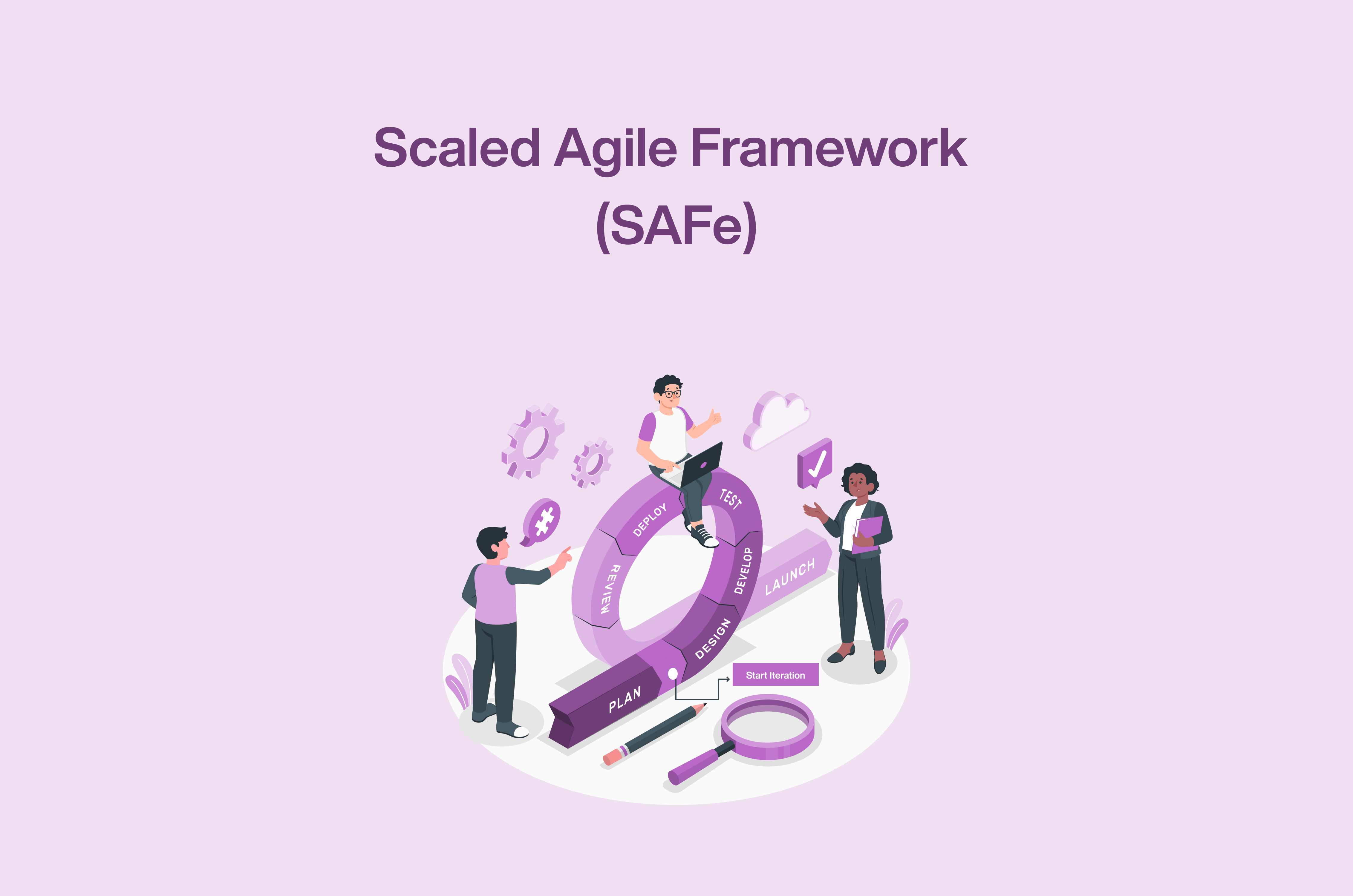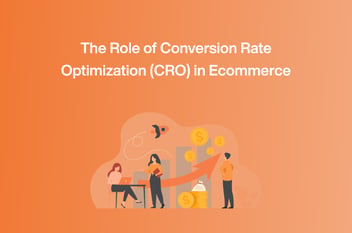Over the last 2 decades, Agile has grown to be possibly the most popular project management technique for software development. In order to adopt agile approaches like Lean, Kanban, and Scrum and produce high-quality goods and services more quickly, larger organizations can use the Scaled Agile Framework, which consists of a collection of best practices, procedures, and guidelines. Complex projects with numerous big teams involved at the project, program, and portfolio levels are especially well-suited for SAFe.
A complete and scalable Agile framework called the Scaled Agile Framework (SAFe) was created to assist businesses in implementing and adopting Agile principles on a large scale. SAFe is designed to handle the difficulties of managing several teams in various departments and locations as well as large, complicated projects. It is built on Agile principles. SAFe offers an organized method for managing agile projects. It integrates Lean, Agile development, and DevOps, among other important ideas, to help businesses become more agile, productive, and customer-focused. Key roles include Team Members, Product Owners, Scrum Masters, Release Train Engineers (RTEs), Solution Architects/Engineers, Epic Owners, Enterprise Architects, and Lean Portfolio Management.
Principles of SAFe
The foundation of SAFe is made up of eleven unchangeable Lean-Agile concepts. The responsibilities and practices of SAFe are inspired and informed by these economic principles.
The essential components of the Agile methodology are taken and transformed into nine new principles by the SAFe framework:
• Recognize a project's business and economic worth.
• Make choices by following a methodical process.
• Make arrangements for unforeseen circumstances.
• Create items little by little.
• Establish reasonable goals and due dates.
• Reduce the size of batches as much as feasible.
• Work at a steady pace, or tempo.
• Recognize the real needs of the parties involved.
• Disperse the decision-making authority.
Building on these principles, major organizations can efficiently centralize and manage the software development process through their management structure. They are therefore able to make long-term plans, synchronize and coordinate activities within the company, and meet challenging time-to-market objectives.
Levels of SAFe framework:
An organization can apply the SAFe architecture at four different levels, which correspond to progressively higher levels of complexity and comprehensiveness.
1. Group Level
The first stage, where several development teams collaborate. Under the supervision of a Scrum Master, they manage iterative Agile development, dividing the work into sprints and having the Agile Team deliver the work in accordance with the Product Owner's specifications.
2. Program Level
Several development teams, business users, and other resources are brought together at the program level for a continuous solution development mission that typically has a clear start and finish date. An Agile Release Train (ART) is a grouping of all the resources allotted for a particular program, even if it is only temporary. ARTs have a longer lifespan and a more enduring mission, structure, and self-organization. ARTs are virtual organizations that, by doing away with pointless handoffs and intermediary processes, organize the teams, roles, and activities required to gradually deliver a continuous flow. Value delivery is accelerated by this.
3. High solution level
In order to develop large, complicated solutions, two or more ARTs must coordinate and manage their interdependent Agile processes. This is the outcome of what's referred to as a Solution Train at the solution level.
4. Portfolio level
The portfolio level of the SAFe framework is concentrated on integrating Agile approaches into management procedures. Since it is simpler to comprehend and shape investment in every specific effort when there are distinct value streams, portfolio execution can then more readily match with corporate strategy.
Agile and Scaled Agile: Differences
1.Scope and size
Their scope and size are the primary and most noticeable distinction between Scaled Agile and Agile. Agile is best suited for small teams working on one project at a time. There is less need for team members to coordinate extensively because communication is simple. Conversely, Scaled Agile is meant for bigger companies where several teams have to collaborate on various parts of a bigger product, or several products. In this case, greater levels of coordination and alignment are needed
2.Dealing with complexity
Agile scaling adds another layer of complication. Agile principles are very simple to implement with a small team, but the complexity rises dramatically when you grow out to many teams or even departments.
To handle this complexity, scaled agile frameworks like SAFe include more roles and processes. These consist of extra planning and governance layers, roles for managing the project portfolio, and integration points for coordinating several Agile teams.
3.Balancing flexibility and structure
Adaptability and flexibility are key components of agile. Teams are urged to self-organize, change course fast in response to client input, and modify their plans as they gain further knowledge.Scaled Agile keeps the spirit of adaptability, but in order to handle the bigger size, it needs to add additional structure. To guarantee that everyone is moving in the same direction, coordinate work across many teams, and align around shared goals, a framework like this is required.
Conclusion
In conclusion, two well-known project management frameworks—Agile and SAFe—that emphasize cooperation, flexibility, and continuous development have a lot in common. Agile project management is a flexible, iterative method that places a strong emphasis on providing value to clients via regular communication and cooperation. SAFe, on the other hand, is a thorough and expandable framework that aids businesses in implementing Agile techniques across the board. SAFe helps businesses achieve business agility and provide high-quality goods and services by incorporating essential ideas like Lean, Agile development, and DevOps. Both SAFe and Agile have different approaches to project management, yet they both work well to raise output, boost client happiness, and enhance overall company success. The size, complexity, and particular needs of the company determine which framework is best.




